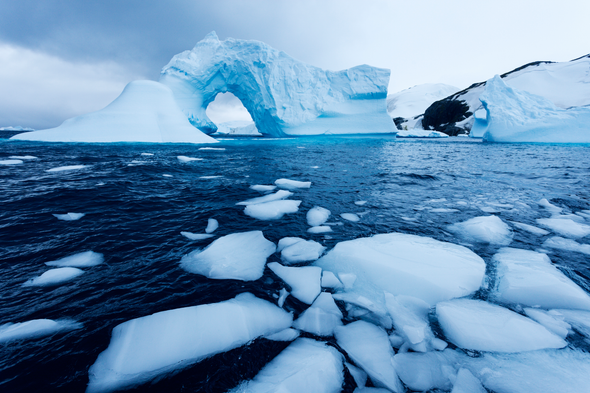According to a new study, rapid climate change is responsible for the shift in the movement of the axis since the 1990s. Scientists have attributed this to the impact of humans on the planet.
The earth’s geographic North and South poles aren’t static. The axis Earth spins around is always moving. In the past, the factors that contributed to the drifting position of the poles included ocean currents and the movement of hot rock in the deep Earth.
However, according to a new study published in Geophysical Research Letters, since the 1990s due to the loss of tonnes of ice as a result of global warming and climate crisis the poles have moved in a new direction.
Shanshan Deng, one of the authors of the study said, “The faster ice melting under global warming was the most likely cause of the directional change of the polar drift in the 1990s.” The polar drift shifted from southward to eastward in 1995. Also, it is to be noted that the average speed of drift from 1995 to 2020 was 17 times faster than from 1981 to 1995. The poles have moved about 4 metres in distance since the 1980s.
Deng also added, “The accelerated decline [in water stored on land] resulting from glacial ice melting is the main driver of the rapid polar drift after the 1990s.”
The study adds a crucial link in environmental studies stating that human activities have been shifting the poles since almost three decades ago. Glacial loss being one of the prime reasons is not the only reason. The pumping of groundwater is also one of the reasons for the movements. The pumping of groundwater leads to the redistribution of ist weight around the globe.
The authors of the new study believed that this water loss on land contributed to the shifts in the polar drift in the past two decades by changing the way mass is distributed around the world.
The study does highlight one of the most crucial factors that how the shift in human activities can have a much larger impact on the globe as a whole.

